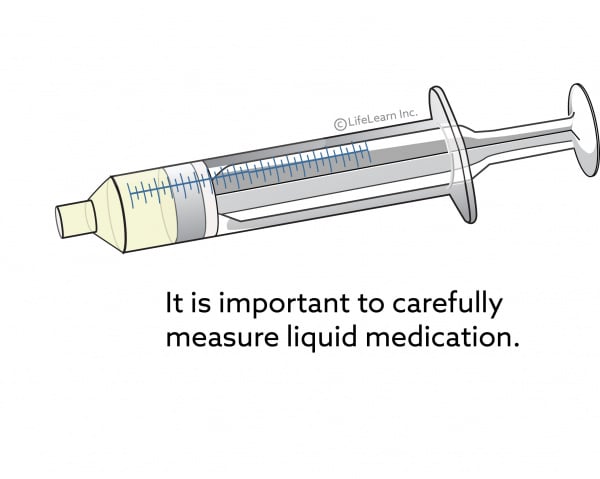What are bromides?
Bromides (brand names: K-BroVet®, Libromide® also known as KBr) are a group of anticonvulsants used to treat seizures in dogs, either as a primary or adjunctive therapy. The two most commonly used bromides are potassium bromide and sodium bromide.
Its use in dogs to treat seizures is ‘off label’ or ‘extra label’. Many drugs are commonly prescribed for off label use in veterinary medicine. In these instances, follow your veterinarian’s directions and cautions very carefully as their directions may be significantly different from those on the label.
How are bromides given?
Bromides are given by mouth in the form of a chewable tablet, capsule, or liquid solution and should be given with food to avoid gastrointestinal upset. It can either be mixed directly into food as long as the entire dose is eaten, or it can be given directly by mouth with a meal. If mixed into the food, elevate the food bowl. If a capsule is given, make sure it is completely swallowed and followed by food or water to avoid irritation in the mouth or throat. Measure liquid doses carefully with an accurate measuring device/syringe. If gastrointestinal upset still occurs when dosed with food, try dividing the single, daily dose into several doses over the 24-hour period. Do not give with salty foods. Do not stop this medication abruptly unless instructed by your veterinarian.
This medication can take up to a few weeks before full effects are noted, but gradual improvements are usually appreciable. Side effects can occur immediately.
What if I miss giving my pet the medication?
If you miss a dose, give it when you remember, but if it is close to the time for the next dose, skip the dose you missed and give it at the next scheduled time, and return to the regular dosing schedule. Never give your pet two doses at once or give extra doses.
Are there any potential side effects?
The most common side effect is sedation that usually resolves on its own. Other possible side effects include irritability, restlessness, mild vomiting, decreased appetite, constipation, increased appetite, increased thirst, and increased urination. Serious and more severe side effects include incoordination, dazed state, shaking, twitching, dilated pupils, persistent lack of appetite, continuous vomiting or diarrhea, skin rashes, or yellowing of the skin or eyes.
This long-acting medication may last up to 4 – 6 weeks, and may last longer in pets with kidney or liver disease.
Are there any risk factors for this medication?
Do not use bromides in pets that are allergic to it. It should be used cautiously in older pets, pets with kidney disease, pregnant or lactating pets, or in those that have other diseases; use lower doses in these cases. It should be used with extreme caution or not at all in cats as it can cause serious side effects.
Are there any drug interactions I should be aware of?
The following medications should be used with caution when given with bromides: central nervous system sedating drugs, diuretics, sodium containing IV fluids, low or high salt diets, or drugs that lower the seizure threshold.
Be sure to tell your veterinarian about any medications (including vitamins, supplements, or herbal therapies) that your pet is taking.
Is there any monitoring that needs to be done with this medication?
Blood levels of bromide will be measured regularly, more often at first, and then every 3-6 months once your pet is on a maintenance dose. Your veterinarian will monitor your pet to be sure that the medication is working.
How do I store bromides?
Bromides should be stored in a tight container and at room temperature. For compounded medications, follow the storage instructions on the label.
What should I do in case of emergency?
If you suspect an overdose or an adverse reaction to the medication, call your veterinary office immediately. If they are not available, follow their directions in contacting an emergency facility.

